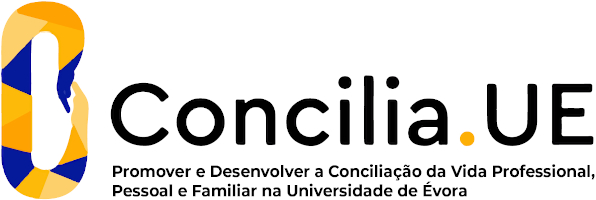2024
Interface Design II
Name: Interface Design II
Code: VIS12854L
3 ECTS
Duration: 15 weeks/78 hours
Scientific Area:
Design
Teaching languages: Portuguese
Languages of tutoring support: Portuguese, English
Regime de Frequência: Presencial
Presentation
The R&D context is part of the thematic Interactive Infography - building visual narratives to communicate and visualize complex information in a consistent, coherent and dialogical way and easy to understand.
Sustainable Development Goals
Learning Goals
The general learning objectives promote the development of imagination capabilities (explore, debug, dialogue) in future scenarios conducive for innovation.
a. Knowing how to use research as an operating tool for the design of Interface Design and Interaction; b. Integrate the methodological itinerary on average / high complexity projects;
c. Being able to use an imaginary distinctive, enhancer of inspiration and innovation using digital media; d. Be able to demonstrate advanced critical skills;
e. Knowing represent, test, and communicate complex ideas;
f. Knowing how to choose and use the content, technologies and best suited to the implementation of the proposed concept means;
g. Being able to develop concepts and digital communication strategies of medium / high complexity by exploring and integrating distinctive narratives, graphics interfaces (UI) and interactions (IxD), focusing on the innovative concept, the detection of opportunities and experience user (UX).
a. Knowing how to use research as an operating tool for the design of Interface Design and Interaction; b. Integrate the methodological itinerary on average / high complexity projects;
c. Being able to use an imaginary distinctive, enhancer of inspiration and innovation using digital media; d. Be able to demonstrate advanced critical skills;
e. Knowing represent, test, and communicate complex ideas;
f. Knowing how to choose and use the content, technologies and best suited to the implementation of the proposed concept means;
g. Being able to develop concepts and digital communication strategies of medium / high complexity by exploring and integrating distinctive narratives, graphics interfaces (UI) and interactions (IxD), focusing on the innovative concept, the detection of opportunities and experience user (UX).
Contents
The knowledge, skills and competences to be acquired are developed to a level medium / high complexity and are a reflection of learning, whose pedagogical strategy will focus on the interface design (UI) and interaction design (IxD), focusing on the innovative concept , the detection of opportunities and user experience (UX).
Syllabus oriented to subject(s) and project(s) to develop:
1. Future Visions in digital environments;
2. Innovation and interface design;
3. Personas, contexts, settings, stories and storyboards;
4. Integration interface design (UI), interaction design (IxD) and user experience (UX); 5. innovative communication strategies in digital media.
Syllabus oriented to subject(s) and project(s) to develop:
1. Future Visions in digital environments;
2. Innovation and interface design;
3. Personas, contexts, settings, stories and storyboards;
4. Integration interface design (UI), interaction design (IxD) and user experience (UX); 5. innovative communication strategies in digital media.
Teaching Methods
Are privileged the active methods to enhance the involvement, interest, analysis and critical capacity of students.
EVALUATION
In the NORMAL SEASON assessment students may choose one of two schemes: Continuous or Final Assessment. 1. CONTINUOUS EVALUATION SCHEME Evaluation Components: a) Class participation: 20%; b) Work developed during the period with the accompaniment of the teacher, which must be submitted, at least, to a periodic evaluation with public disclosure of the classifications: 40%; c) Presentation and defense of the work developed during the classes, which occurs during the "Regular Season Evaluations": 40%. 2. FINAL EVALUATION SCHEME a) Work developed during the period with the teacher's accompaniment: 40%; b) Examination based on the contents taught: 60%.
EVALUATION
In the NORMAL SEASON assessment students may choose one of two schemes: Continuous or Final Assessment. 1. CONTINUOUS EVALUATION SCHEME Evaluation Components: a) Class participation: 20%; b) Work developed during the period with the accompaniment of the teacher, which must be submitted, at least, to a periodic evaluation with public disclosure of the classifications: 40%; c) Presentation and defense of the work developed during the classes, which occurs during the "Regular Season Evaluations": 40%. 2. FINAL EVALUATION SCHEME a) Work developed during the period with the teacher's accompaniment: 40%; b) Examination based on the contents taught: 60%.
Teaching Staff
- José Miguel Gago da Silva [responsible]





















